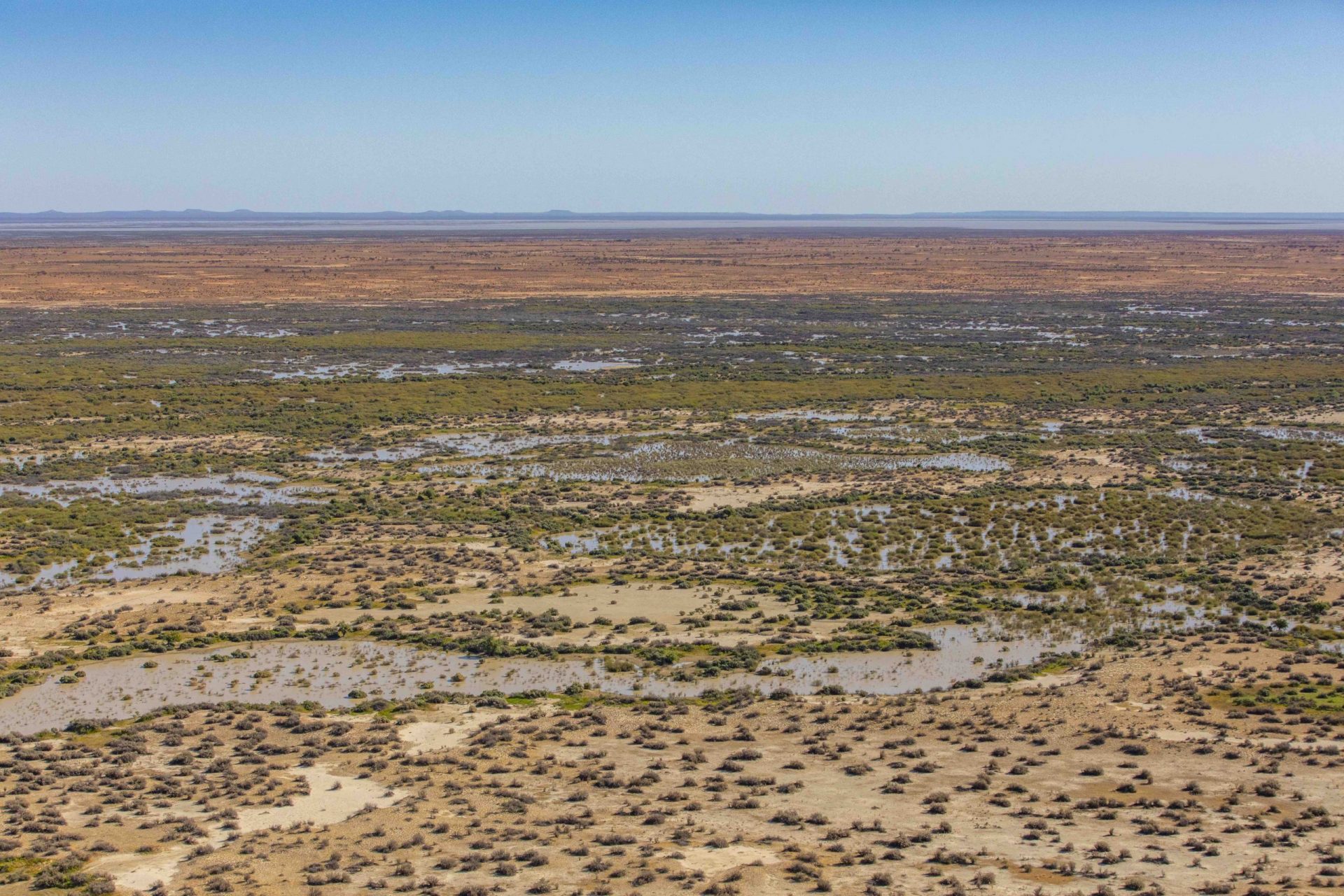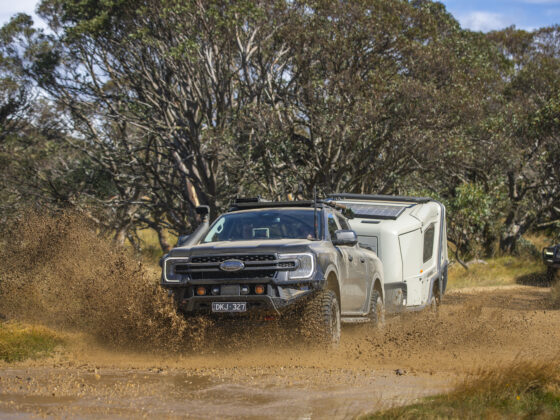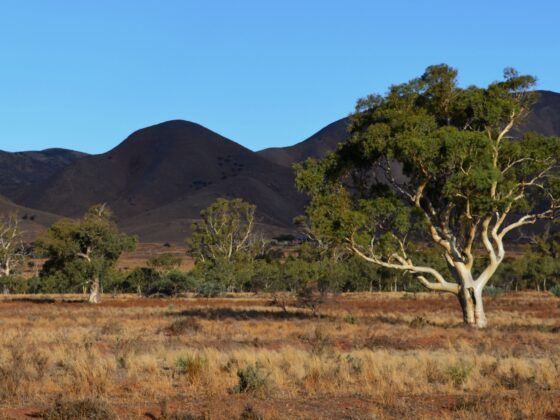A new outback NSW national park is set to be created after the state government’s purchase of Narriearra station near Tibooburra.
A new outback NSW national park in the state’s north west will be created thanks to the government’s recent purchase of the 153,415ha Narriearra station.
NSW Environment Minister Matt Kean said the acquisition secures a key section of a nationally important wetland – the Caryapundy Swamp – which can host tens of thousands of waterbirds including pelicans, straw-necked ibis, egrets and whiskered terns during inland flood events.
Narriearra is in the far north west corner of NSW, just east of Tibooburra, within the Channel Country Bioregion. The property’s northern boundary follows the NSW/Qld state border along the dog-proof fence.
The iconic Bulloo River flows south into Narriearra where it terminates in an expansive floodplain and ephemeral wetlands known as the Bullo Lake, Caryapundy Swamp and the Bullo Overflow.
The property contains a diversity of broad ecosystems including aeolian dunes, gibber rises and coolabah-lined channels.
“Narriearra, along with the nearby Sturt National Park, will create a vast near-contiguous conservation area of almost half a million hectares, or twice the size of the ACT,” Mr Kean said.
Narriearra station was sold to the state government by its current owner Bill O’Connor, who’s father originally purchased the property in 1919. Mr O’Connor told ABC Broken Hill that making a living off the land was sometimes extremely difficult, especially in times of drought, but that he had previously knocked back several approaches over the years from National Parks & Wildlife Service staff who wanted to purchase the property.
Eventually, however, Bill O’Connor agreed to sell, telling ABC Broken Hill, “It was still in a bad way as far as drought went… so it just looked like the best way out of it was to sell.”
As well as its abundance of birdlife, Narriearra station is also rich in Indigenous and European history. It’s home to stone artefacts, tools, and stone arrangements that provide evidence of Aboriginal occupation over the entire property, and it was traversed and documented by the ill-fated Burke and Wills expedition, with two expedition campsites on the property. An engraved post marks Camp 48, which is where the Burke and Will expedition camped on Friday 2 November, 1860.
In addition to ensuring the preservation of the wetlands, and the survival of about 25 or so threatened animal species, the purchase of Narriearra station is expected to bolster tourism in outback NSW, particularly amongst bird watchers and, of course, four-wheel drive travellers. Pat and the whole team at Mr4X4 can hardly wait to get out there and explore the former Narriearra station.
Mr Kean has invited the Tibooburra Local Aboriginal Land Council to be involved with naming the new national park.














